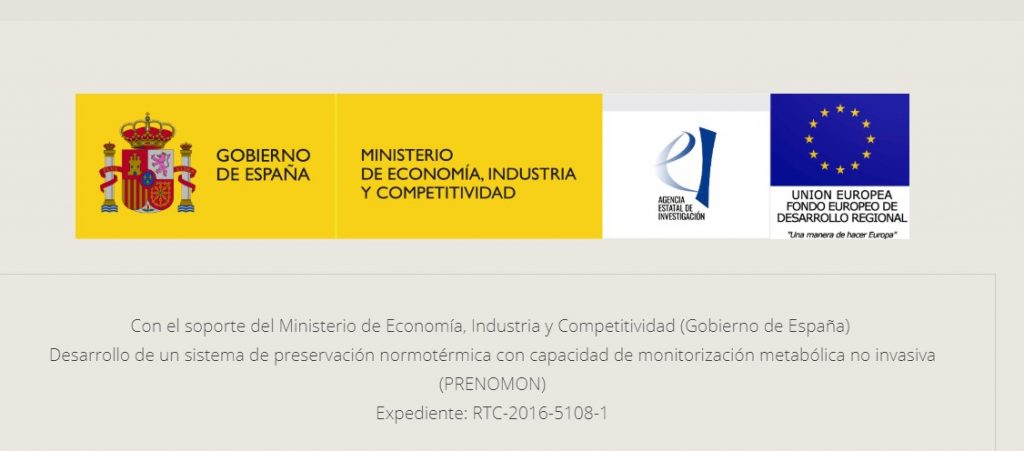Development of an organ preservation system for transplantation capable of maintaining the organ in functional condition during the preservation process. In this way, the objective is not only to preserve the organ in optimal conditions, but also to monitor its metabolic parameters during the preservation process, regulate its values and determine its post-transplantation viability.
Transplantation is the best available technique for the treatment of terminal failure of most essential organs, with more than 1 million patients worldwide having benefited from organ transplantation in the past.
For 22 years, Spain has been the world leader in the number of transplants per inhabitant performed annually. However, despite the clinical success of organ transplantation, the current demand for organs far exceeds the supply of donors. According to the World Transplant Registry, the approximately 115,000 transplants performed in 2013 covered only 10% of the global need.
Mortality rates while awaiting transplantation are in the range of 15-30%, with some reports being higher depending on the organ involved. In this aspect, the development of new systems for the preservation, evaluation and treatment of organs for transplantation takes on a fundamental role, given that current preservation methods based on cold storage lack the necessary capacity to valorize these organs. Therefore, the introduction of new preservation systems will be essential for the development of organ transplantation systems in the coming years.
The main objective of this project is the development of an organ preservation system for transplantation capable of maintaining the organ in functional condition during the preservation process. For this purpose, the system must be capable of maintaining the appropriate temperature conditions and supplying the organ with the oxygen and nutrients necessary for its functioning. The PRENOMON project will be valid for kidney and liver preservation and focuses on two basic developments:
In order to achieve the main objective, it will be necessary to achieve the following secondary objectives:
